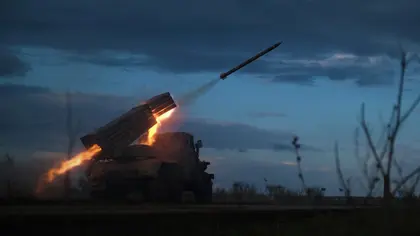The rapidly deteriorating situation in Bakhmut is becoming increasingly bleak, if not tactically hopeless, for Russian President Vladimir Putin. May 9 has come and gone, and General Valery Gerasimov has still failed to capture the city, as ordered. Routed Russian troops have been captured on video as they fled fighting positions, abandoned weapons, and surrendered, as Ukrainian forces begin to aggressively capitalize on a growing military and psychological edge.
Bakhmut is rising up again, much like an ancient Greek Phoenix and Yevgeny Prigozhin has reduced himself to that of the chorus in a Greek tragedy. Repeatedly, over the last few days, the founder of the Wagner Group has popped up on Telegram to detail every strategic blunder by Gerasimov and Russian Defense Minister Sergei Shoigu in Bakhmut, blaming the hapless duo for the reasons why Russian “troops were fleeing” and for the overall “stupidity of Russian army commanders.”
Things seem to be only getting worse for the Kremlin. Putin’s house of cards is teetering on collapse. His grand design, of holding a celebratory Victory Day Parade in Red Square to mark the fall of Bakhmut, has now, humiliatingly, given way to Russian soldiers parading as fast as they can to get out of the Ukrainian salt mining town and surrounding area. All well-deserved but, it is important to remember: one rout does not win a war.
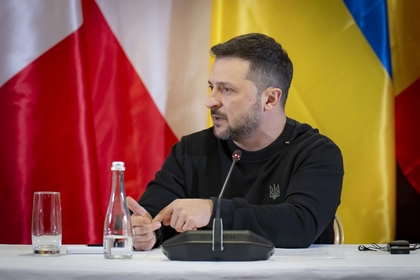
Zelensky Criticizes G20’s Weak Position on Russian Invasion
And still the plot thickens. The Washington Post reports that the leaked U.S. intel documents indicated that Prigozhin allegedly offered to reveal the locations of regular Russian troop formations in the Donbass, in January, if Kyiv would withdraw its own forces from the Bakhmut frontline. The report seemed to be confirmed by two Ukrainian officials who said that Prigozhin “has spoken several times to the Ukrainian intelligence directorate, known as HUR.” Whether a Russian trick or Ukrainian disinformation, it seems that Prigozhin’s relationship with the Kremlin continues to deteriorate.
The primary challenge now, for Ukrainian President Volodymyr Zelensky, is to quickly identify and remove that one remaining elusive card which could bring Putin’s house down. The decisive blow has yet to be struck by Zelensky’s Generals. Although, in the global media’s eyes, Bakhmut is the focal point of the war and they have zoomed in on Ukrainian success there, the challenge Ukraine faces is bigger than just that one city.
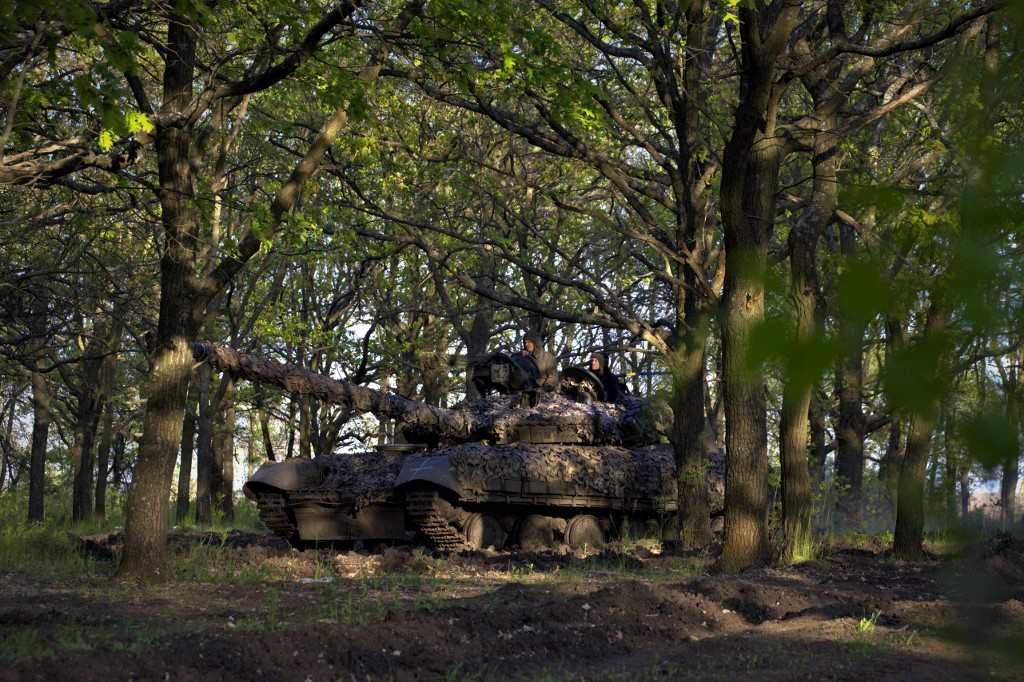
Ukrainian servicemen of the Adam tactical group ride a T-64 tank from a front line near the town of Bakhmut, Donetsk region, on May 7. PHOTO: AFP.
While Zelensky searches for that decisive card, he is reverting to the skills he acquired during his acting days, building suspense – much like the Carly Simon tune used by Heinz Ketchup in its 1970’s commercial, “Anticipation. It’s making me wait. It’s keeping me waiting.”
Meanwhile, many pundits have categorized the localized success in Bakhmut as the beginning of the long-anticipated Ukraine counteroffensive. There may be some truth to that. At the very least, it is an indication that many Russian ground forces have hit the wall and no amount of coercion from the Kremlin or cajoling by Prigozhin is going keep them in their fighting positions, short of bullets in their backs from the successors to Stalin’s NKVD.
More likely, however, is that Ukraine was merely probing at Russia’s defenses and achieved an unexpected battlefield response which, while suggesting Russian soldiers and mercenaries have reached a psychological breaking point, it is one that Ukraine is not yet in a position to fully exploit. The absence of a Ukrainian combined arms force of tanks, infantry, artillery and air support, in a meaningful tactical formation of brigade or regimental size, indicates they remain as only probing or armed reconnaissance operations or, in some cases, localized counterattacks. Ukrainian forces were likely surprised by the way the Russian troops folded.
But is it an indicator of future Russian activity across a 900-mile front, or just a confined response to months of persistent, violent close quarter combat in Bakhmut under deplorable and bloody conditions?
If it is indicative, then Putin would be wise to fold his cards, call it a day and withdraw from all of Ukraine, before Zelensky finds the right card to defeat the Russian army en-masse. The UK’s Ministry of Defense (UK MoD) estimates there are now over 200,000 Russian troops in Ukraine, similar in size to the original invading force. According to the UKMoD, Russia’s forces are “organized into around 70 combat regiments and brigades divided into five Groups of Forces.”
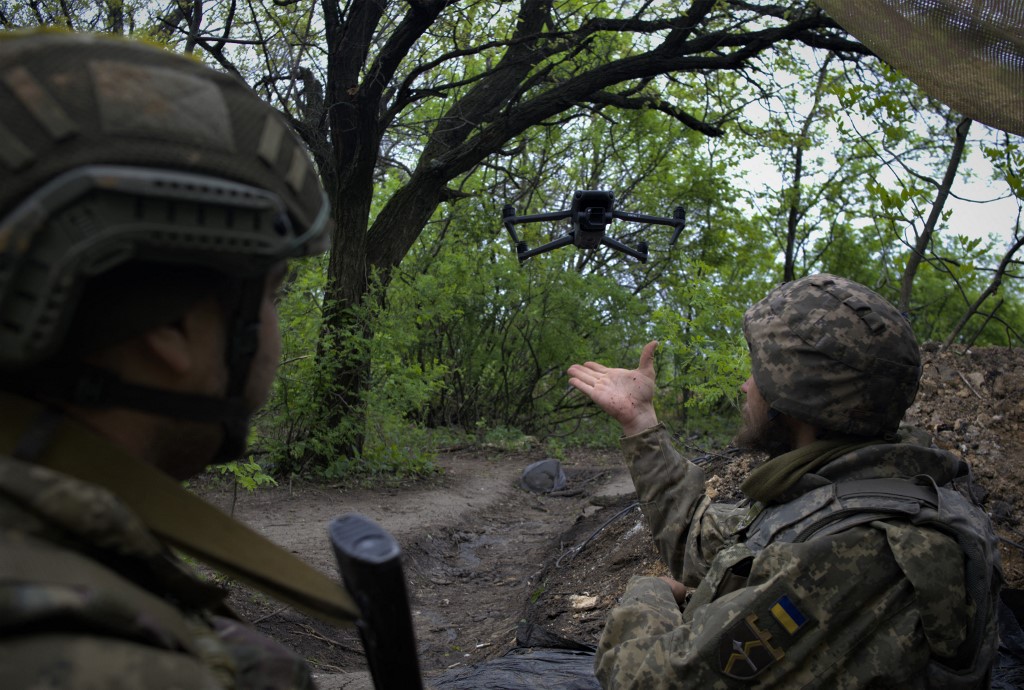
Ukrainian servicemen of a Reconnaissance team fly a drone at a front line near the town of Bakhmut, Donetsk region on May 8. PHOTO: AFP
There are, however, as the ministry points out, key contrasts between now and Feb. 24, 2022. At the beginning of the war, Putin’s army “consisted of professional soldiers; was largely equipped with reasonably modern vehicles; and had been regularly exercised, aspiring to complex, joint operations.” That was then, this is now. Today, it assesses Putin’s forces to be “mostly poorly trained mobilized reservists” who are “increasingly reliant on antiquated equipment.” More succinctly as we wrote last month in these pages, Putin’s army is running on empty.
In what was already a bad week for Putin and Gerasimov, the UK announced it had recently delivered the precision deep strike capability Ukraine needs to help win the war – the Storm Shadow air launched cruise missile, extending its operational reach beyond 250 kilometers, bringing Crimea squarely into play.
As a result, the strategy of making Crimea “untenable,” as advocated by retired Army Lieutenant General Ben Hodges, is fast becoming possible. Storm Shadow also puts Russian cruise missile and drone launch sites, as well as staging areas for Russian troops beyond Ukraine’s border, ‘at risk’ – negating the arbitrary sanctuary Russian territory has so far offered. In essence, it helps levels the playing field in favor of Ukraine, much as HIMARS did; a new reality that is driving Russian propagandists into full crisis mode. The despondent head of RT, Margarita Simonyan, who, as Russian media expert and Daily Beast columnist Julia Davis reported, “now wonders whether Russia can protects its territories.”
Even Russia’s much vaunted Kh-47M2 ‘Kinzhal’ hypersonic missile system is now a casualty of Putin’s Ukrainian ‘special military operation’. On May 4, a U.S.-supplied Patriot missile battery, manned by Ukrainian troops, shot down Putin’s declared “Wunderwaffe.” Rubbing salt in Putin’s wounds, Ukrainian Air Force spokesman Yurii Ihnat commented: “They were saying that the Patriot is an outdated American weapon and Russian weapons are the best in the world. Well, there is confirmation that it effectively works against even a super-hypersonic missile.” He added “successfully intercepting the Kinzhal was a slap in the face for Russia.”
Putin is now also faced with his own ‘Mussolini moment’. Not only was his Victory Day Parade embarrassingly small, just a solitary WWII-era T-34 tank to symbolize Russia’s much-vaunted armor, it may have also marked the loss of a key Putin ally. During the parade, Belarusian President Alexander Lukashenko seemed to be ill and was forced to return immediately to Minsk. Rumors are flying that Lukashenko is dead. Jason Jay Smart reported a Russian Dassault Falcon business jet landed in the Belarusian capital on Saturday on board of which were several senior Russian officials. Dead or not, a key Russian ally is now in domestic turmoil and potentially paralyzed by uncertainty.
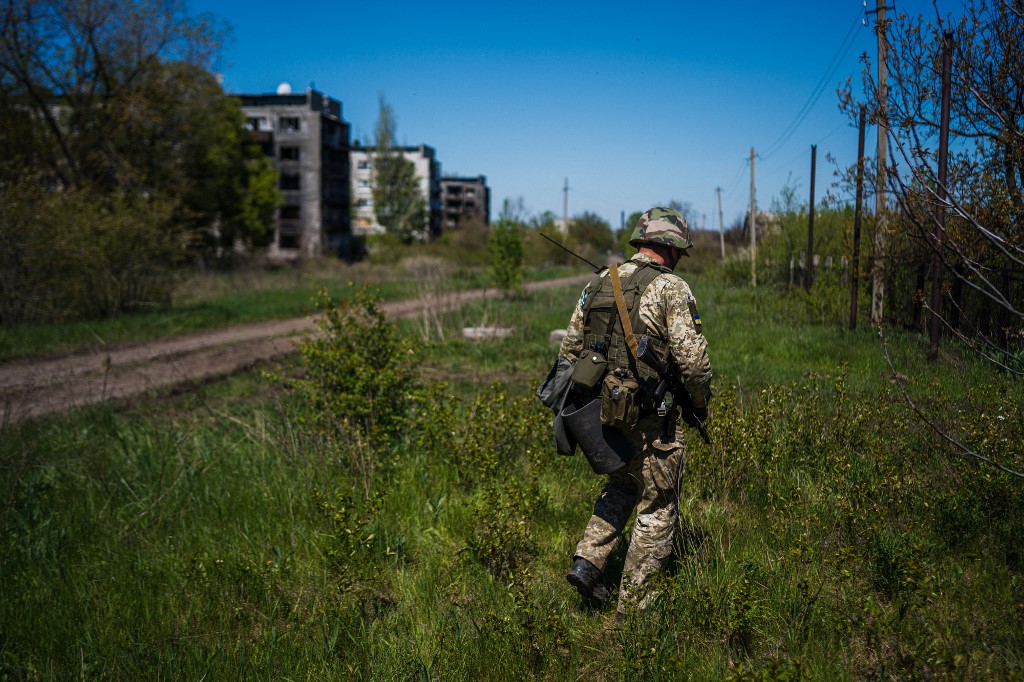
A Ukrainian serviceman of the State Border Guard Service patrols in Chasiv Yar near the frontline city of Bakhmut, Donetsk region on May 3. PHOTO: AFP
For now, at least, Bakhmut is rising, from which, a Phoenix is resiliently and boldly sporting yellow and blue Ukrainian colors. Putin’s red Phoenix is on the run and is increasingly under attack by Prigozhin. The Institute for the Study of War in its May 13 report, assessed that “Ukrainian forces had liberated 16.85 square kilometers in the Bakhmut area during recent counterattacks” and that even more “significant” gains might be possible in the short-term, if “Russian forces fail to stabilize the frontline.”
The main event – Ukraine’s full-throttled counteroffensive – has yet to come. However, it is rapidly building and while many on both sides are ready for it to happen, Zelensky and his generals will not be rushed. Zelensky has made it clear he wants more time and weaponry to ensure its success. Meanwhile, Prigozhin continues his war of words with the Kremlin while Ukraine begins to raise its flag over more and more of once Russian-occupied parts of Bakhmut and the surrounding region that forms Russia’s flanks.
Rise Bakhmut, rise.
The views expressed in this opinion article are the author’s and not necessarily those of Kyiv Post.
You can also highlight the text and press Ctrl + Enter


